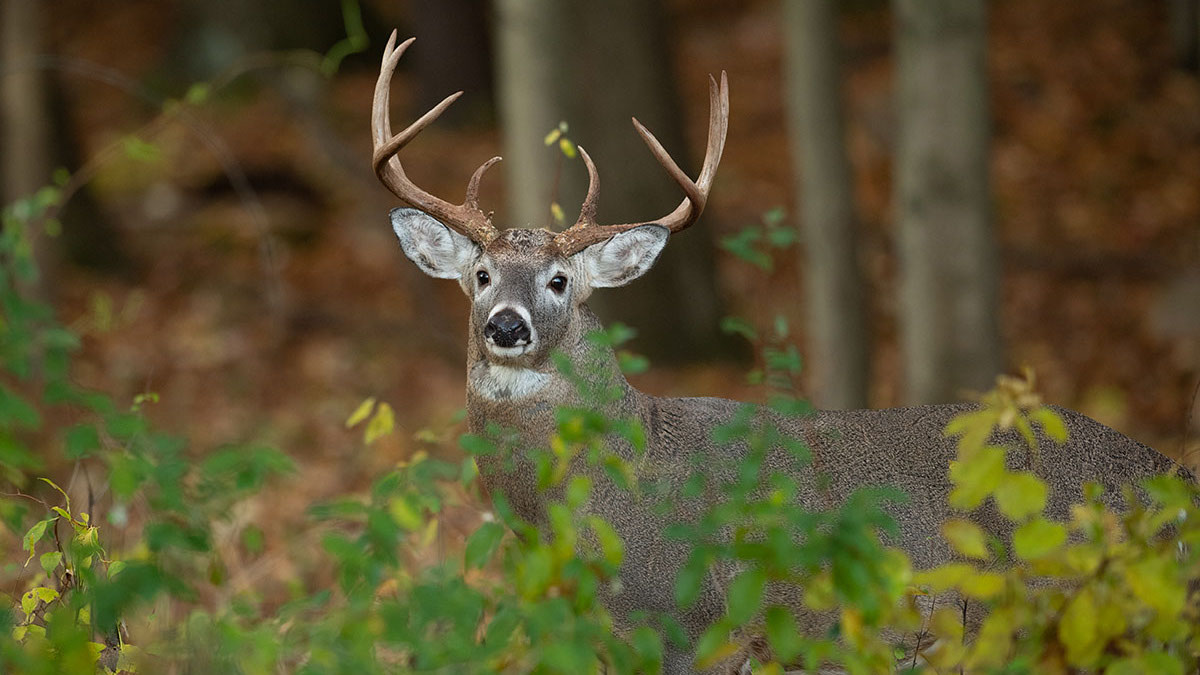
Other than those states with early velvet seasons, most of us are on the cusp of opening day. The sins of last season are all but absolved, and every new season presents a blank slate.
Unfortunately, it only takes a few bonehead mistakes, misplaced stands, or wary does to kill those early season aspirations before you’re writing off this year and prepping for the next. While most things that go awry in the deer woods lie beyond our control, there are plenty of mistakes that can be avoided. These represent just a few.
Burning Out a Spot
Aside from the rut, there’s probably not a more exciting time to be in the woods than opening week. Confidence levels are at an all-time high, and the fatigue of super early alarms or gas station diets hasn’t taken its toll yet. All that excitement and confidence is great, but it can also lead to reckless abandon in the deer woods. One of the most prevalent ways this rears its head comes through burning out your best stands. I’ve been guilty of this myself. If I’m honest, I have to make a conscious decision not to do this every year. It’s easy to do, especially if you know there’s a good buck in the area.
I’m not talking about saving your best stand until the stars align and conditions are perfect. If you can do this on private ground, great, but if you spend most of your time on public, that’s not really an option. While you can’t control who or what walks through these areas, you can limit your own impact. If you’re going to hit the woods with aggression, make sure it’s calculated aggression. To the best of your ability, make sure you don’t get busted with your setup. This includes entry and exit strategies too. If deer continuously bust you, it’s time to adjust or find a different area. If you hunt from a saddle, opt for a hang-and-hunt on a new spot you’ve been meaning to scout. Channel all that early-season enthusiasm and take the long way to your stand. It’s not a waste of time. Alerting the deer by taking the easy way is.
Photo Trap
If I were a conspiracy theorist, I’d say that big bucks intentionally trigger trail cameras at night to lure hunters away from their daylight haunts. Now, I don’t actually believe this, but it’s easy for hunters to craft a strategy that reflects such an approach. If you get a trail cam photo of a big buck during swing shift hours, you’re doing yourself a disservice to think your tag is as good as punched. It’s critical intel, for sure, but only a piece of the puzzle. Don’t expect to just hang a set and arrow a buck in that same spot during daylight hours. Sure, there’s a chance he’s hanging out nearby, but it’s more likely that you’re farther away from his bedding than you suspect.
One-offs are another way that cell cams keep hunters in the dark and deer alive. Don’t get me wrong, a single pic of a big buck I’ve never seen before cruising by the camera gets me excited, and maybe moving your camera 100 yards in a different direction would give you consistent photos of that deer. But one random picture (alone) doesn’t tell you much. Something could have spooked that buck from his home range and he just so happened to trigger your trail cam. If that’s the case, you might be spending a lot of time in an area where that buck doesn’t.
Instead of calling it done after a nighttime or single pic, try backtracking that deer. Start with onX or whatever mapping system you use and locate nearby bedding areas. Once you do that, try to find out why that deer was there and what the conditions were. Of course, some boots-on-the-ground scouting goes a long way and will give you more intel than any camera.
Not Layering Properly
Depending on where you live and hunt, early season temps might range from the mid-50s to the mid-90s. Being over- or underdressed in those situations can lead to a pretty miserable time or even cost you a shot at a deer.
For those of us with especially warm openers, like where I live in south Mississippi, wearing a pack, climbing sticks, and loads of other whitetail gear on a long walk to the stand can get pretty steamy. Not to mention all the creepy, crawly, and stinging things lurking around every tree.
First Lite’s Trace system offers breathable, lightweight camo that will keep you cool and concealed, so you don’t have to worry about sweating through your clothes. While you can’t control opening day temps, you can control how you layer for them.
Don’t get caught in with the wrong clothes on in the deer woods. Click here to shop the Whitetail Week Sale now and layer up for success in any elements this fall.



